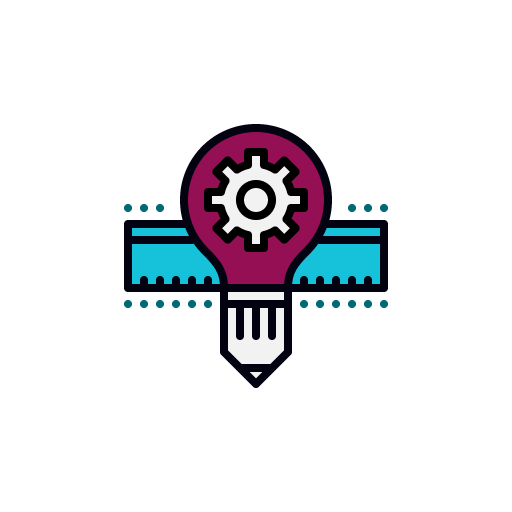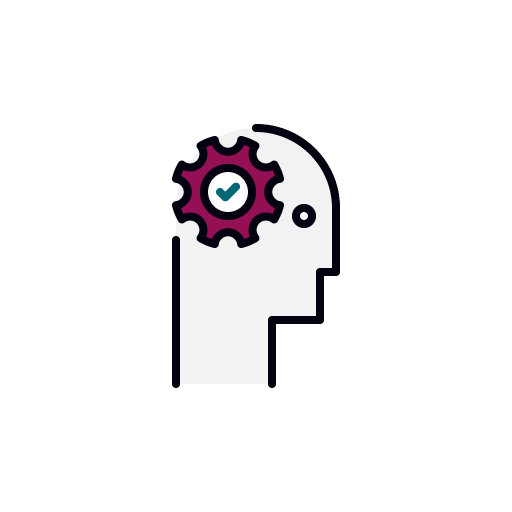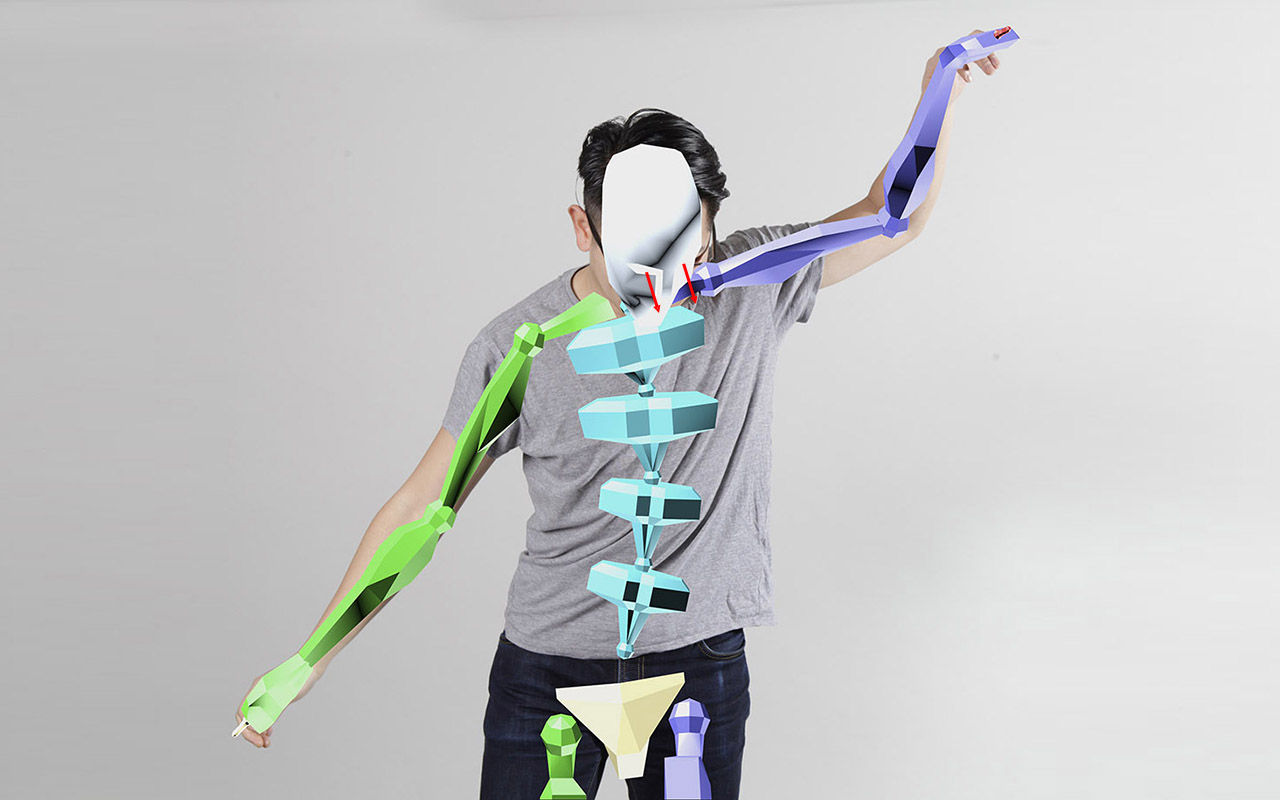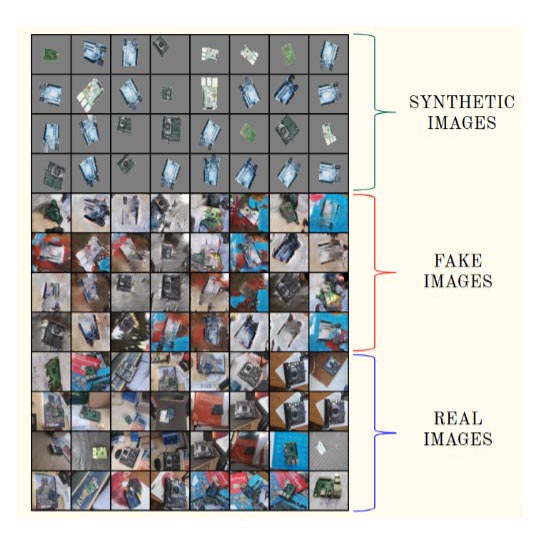AI-based Computer Vision
The integration of artificial intelligence - especially in the field of image processing - allows users an exceptional level of quality, flexibility, and efficiency in automation.
Your
benefit
Intelligent image processing guarantees reduced costs and rejection rates of the highest quality. Take advantage of the information head start of AI-based analysis for both automated and manual processes.
Our
offer
We develop and integrate custom-fit 2D and 3D image processing systems using well-established and novel machine-learning methods that enable application-specific automation.
Industrial
applicability
To ensure industrial applicability, we rely on optimization in terms of efficiency, robustness, traceability as well as deployment, and provision towards factory cloud, edge, and embedded hardware.
Learn more about our intelligent computer vision solutions
Contact us and identify the potential of your application together with our experts.
Application fields
Quality inspection
Our inline quality inspection systems detect and locate defects, classify the quality of components, measure and check for completeness and anomalies. With polarization cameras, we go beyond the limits of visible light, e.g., for reflective surfaces and transparent objects as well as liquids.
We provide custom analysis, data management, and seamless connectivity to the enterprise IT infrastructure (such as ERP systems). Our quality inspection solutions are applied in the areas of process and production automation, laboratories as well as in modern digital service offerings. Find out more in our technical article on EPIC, which provides the foundation for flexible AI-based quality control.
Quality inspection dashboard: geometry measurement, damage detection and surface inspection via polarization camera
Visual Asset Detection & Inventory Assessment
Our intelligent camera systems and algorithms detect, locate, and track components, products, and other means of production in complex environments. Real-time position detection and tracking provides spatial and temporal insight into parts and commodity flows and provides automated stocktaking and stock picking.
Also, we implement visual check-in / check-out as well as lost & found use cases in warehouse and logistics environments. Our customized solutions include seamless integration into your IT infrastructure as well as customized (user) interfaces. Find out more in our technical article about flexible solutions for the visual inventory of storage spaces.
Exemplary application video for mobile asset detection and semantic segmentation in production environments: YouTube-Link
Detection of activity and body poses
Our 2D and 3D recognition of activities and postures enables the analysis of (human) poses in images or videos. Also, scenes can be classified, and behavior analyzed in more detail. If necessary, the data will be anonymized, hardware-dependent, and further processing are done under the GDPR.
Our technologies are used for the analysis of user behavior as well as for the automated, certifiable improvement of ergonomics and adaptive man-machine interfaces. Find out more in our technical article about body pose recognition and the detailed report on the GDPR-compliant implementation of image processing applications in industry.
Exemplary application video for ergonomics optimization through body posture recognition in cooperation of man and machine: YouTube-Link
Data efficiency & traceability
Machine learning methods have already significantly exceeded classic image processing algorithms in terms of reliability and robustness in recent years, but they reveal considerable challenges in industrial integration.
Challenges of modern AI
Within industrial applications based on machine learning, all advantages are above all the lack of traceability and the immense need for large amounts of data of neural networks.
Industrial dilemma
The application of AI methods in the industry often fails due to the cost of data acquisition or lack of availability of appropriate training data to ensure robust and accurate models.
Our formula for success
Self-developed tools, methods, and standards, enable the effective and efficient use of artificial intelligence in industrial environments in a traceable and data-efficient manner.
Learn more about the benefits of data efficiency and traceability
Contact us and identify the potential of your application together with our experts.
Data-efficient AI
Proprietary object identification system based on Few-Shot-Learning
Few-Shot-Learning
Few shot learning methods are machine learning methods that are specialized in learning classification, identification, and segmentation with the help of just a few examples. Our in-house EPIC system (and its associated SDK) enables our customers to recognize objects using only a few images. Find out more in our article on EPIC.
Automated generation of synthetic image data for detection and segmentation
Generation of synthetic data
Our fully automated data pipeline based on modern simulation software allows for the generation of a large number of synthetic images and metadata. This custom pipeline selectively varies scene parameters and supports object classification, detection, segmentation, and activity detection, and keypoint detection.
GAN for the supportive generation of realistic PCB datasets
Generative Adversarial Networks
GANs are a unique form of neural network. We are working with GANs to significantly increase the realism of synthetic data, which vastly improves the performance of deep learning networks in practical applications and reduces the need for manually generated training data — such as data, e.g., for the generation of robotic gripping points.
Schematics for a continuously learning AI through user feedback (Human-in-the-Loop)
Active Learning
If the amount of data provided in AI applications is still low, recommendation systems can be implemented by integrating a human operator and its feedback. Based on automated processes for training and evaluation, we provide assistance systems that continuously learn with the help of user feedback and make decisions independently at some point.
Traceability
Net-Inspector
Our Net Inspector is a powerful tool to make the decisions of neural networks visible and thus comprehensible to the user. The use, in combination with standard performance metrics, enables us to provide reliable and robust solutions and to evaluate them as part of the development process.
Standardization
The objective of DIN SPEC 92001-1 is to ensure the quality of AI methods using a uniform concept. For this purpose, a quality meta-model was defined in the consortium under our participation. Relevant quality aspects throughout the lifecycle of AI models are holistically associated.
Modular Technology Portfolio
The foundation for an efficient and reliable implementation of AI-based image processing is the seamless interaction of our technologies. With the aid of our modular system, we combine and network them accurately.
Classification & Detection
More in our technical article.
Semantic segmentation
More in our technical article.
Pose estimation
More in our technical article.
Activity detection
Data-efficient AI
More information about our work with data-efficiency with our award-winning classification pipeline EPIC in our technical article.
Dataset creation






















